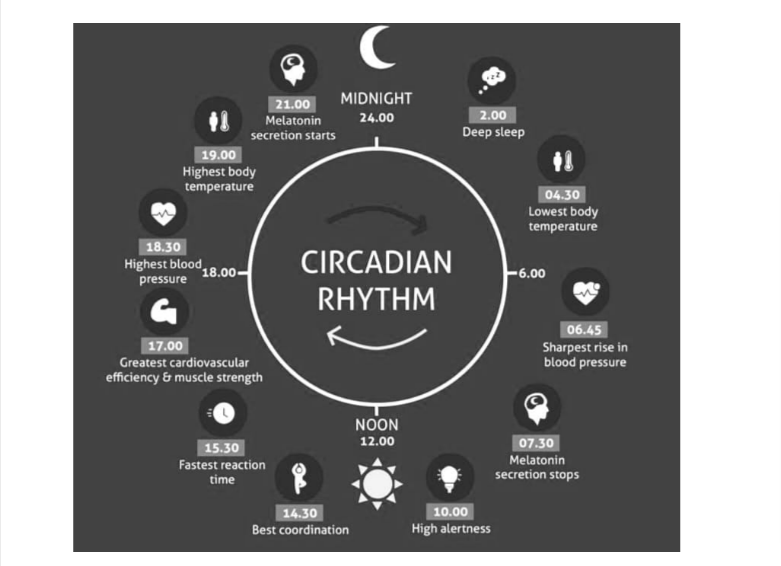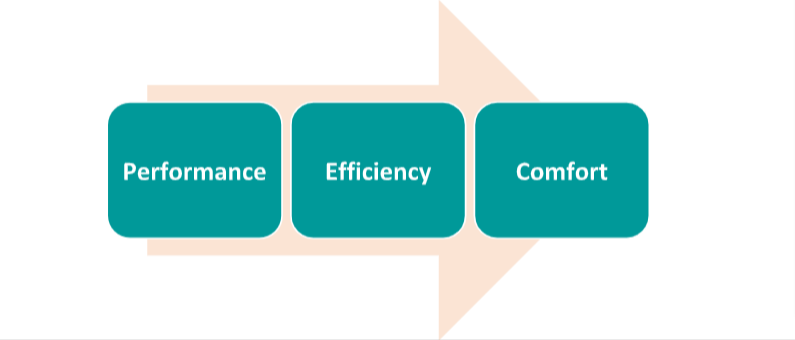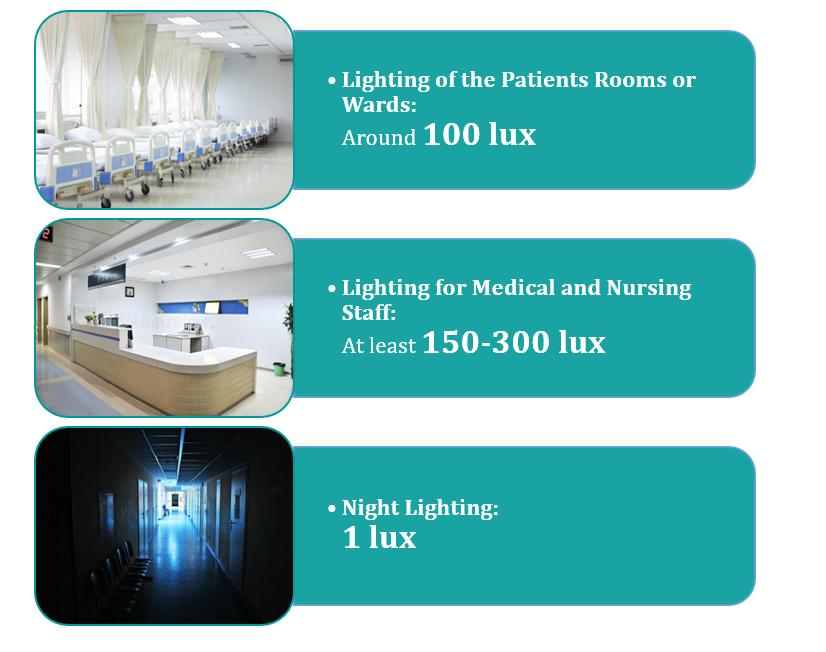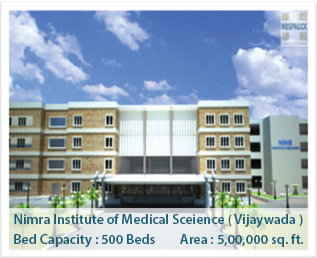Circadian lighting refers to lighting that is designed to have a biological impact on the human circadian system. Circadian lighting sends signals to the master clock in the brain, telling our bodies when it is daytime and when it is night and what functions to perform at various times of the day. A healthy circadian rhythm is associated with improved long-term health and helps promote better sleep at night, allowing our brains to repair our bodies as well as our minds.
The goal of circadian lighting is to provide sufficient light signals to the brain to help reinforce the natural light/dark signals we would receive from the sun if we spent more of our time outdoors.

Circadian lighting refers to lighting that is designed to have a biological impact on the human circadian system. Circadian lighting sends signals to the master clock in the brain, telling our bodies when it is daytime and when it is night and what functions to perform at various times of the day. A healthy circadian rhythm is associated with improved long-term health and helps promote better sleep at night, allowing our brains to repair our bodies as well as our minds.
The goal of circadian lighting is to provide sufficient light signals to the brain to help reinforce the natural light/dark signals we would receive from the sun if we spent more of our time outdoors.

Reducing Staff Errors
The work environment for nurses and physicians in hospitals is often stressful and must accommodate a range of complex duties and critical patient-care tasks. Nurses’ station lighting should enhance effectiveness and not inhibit it. Based on studies that cite adequate lighting in medication areas as one of the top environmental solutions for avoiding errors, innovative lighting approaches and technologies should be an important consideration during new construction or renovation.
Three core values applied to light in healthcare
The three core values applied to lighting in healthcare are performance, efficiency, and comfort.

- Performance: To provide an optimal lighting solution. In hospitals, day-cares, and clinics, this can lead to quicker reactions and task completion with minimal mistakes resulting in great standard of care.
- Efficiency: Efficiency in lighting is an important consideration in hospitals, as proper lighting can have a significant impact on patient outcomes, staff productivity, and energy costs.
- Comfort: The ability to give people satisfaction and simulation. Lighting impacts attention and mood feeling which is also concerned with atmosphere, reassurance, and in the healthcare environment i.e. the well-being of a patient.
LIGHTING DESIGN CONSIDERATIONS
Lighting design considerations in different areas of the Hospitals:
- Entrance: The key feature in the entrance area of a hospital is its functionality and aesthetics. Interesting lighting in the entrance or lobby area can make a hospital more inviting and livelier. Generally, the entrance hall consists of four zones – the entrance, the reception desk, the waiting area, and the other areas that lead the people into the rest of the building.
- Waiting Rooms/Areas: In waiting areas of hospitals, lighting has an important role to play in creating and welcoming friendly atmospheres. Lobbies and transition spaces must put the patients and visitors at ease instantly. Special attention is required in waiting rooms/areas to grade the luminance and reflectance of successive spaces, to create a soothing, friendly, and welcoming environment. Glare-free appearance is an important factor to consider here. These small but critical areas in a healthcare setting can set the tone for the entire visitors’ and patients’ experience in the hospital.
- Corridors: For a hospital, which is often open 24 hours a day, corridors and circulation areas are the arteries of the building. They link the different areas together. Patients and visitors traveling through corridors will naturally benefit from bright illuminated corridors rather than dark ones and particular lighting can be used to optimize guidance. For corridors where patients are wheeled along on trolleys, it must be taken into consideration that sharp contrasts can be extremely uncomfortable when they are looking upwards.


CONCLUSION
Hospitals need to ensure that there are adequate lighting and illumination in the circulation area, indoor areas, and procedure rooms, in front of the facilities and the other important areas of the hospital. The hospital also needs to ensure that it uses energy-efficient measures like the use of natural light and energy-efficient bulbs like LEDs.
Although in hospitals all the lighting types and fixtures are not used together, it is considered that a proper blend of lighting types, results in an inviting, relaxed, and pleasing environment. In healthcare spaces, choosing and providing the desired lighting is an important element of interior design, given that it is not just an illumination, but a factor that contributes to patients’ recovery and well-being.
Above is the superficial and macro level study if you need a refined market and financial feasibility or any other study related to healthcare required you can contact us: Hospaccx healthcare business consulting Pvt. Ltd on hospaccx.india@gmail.com. Or you can visit our website on www.hospaccxconsulting.com
















